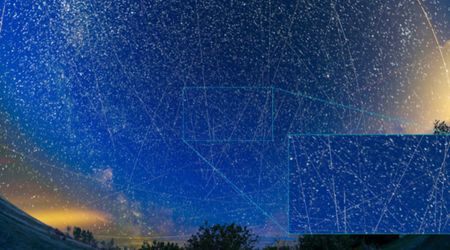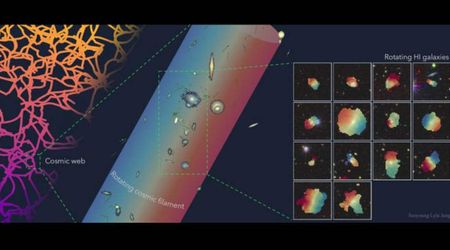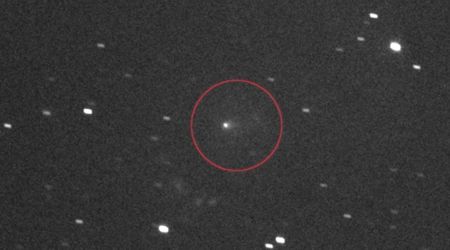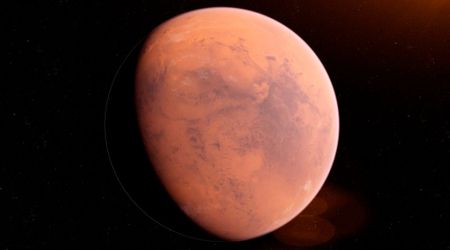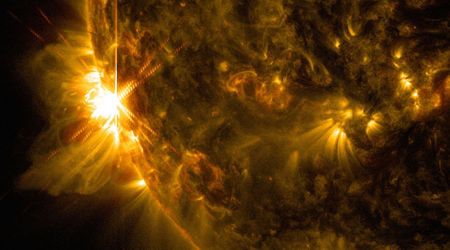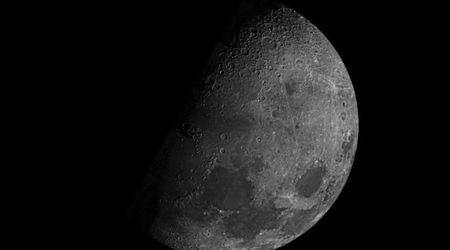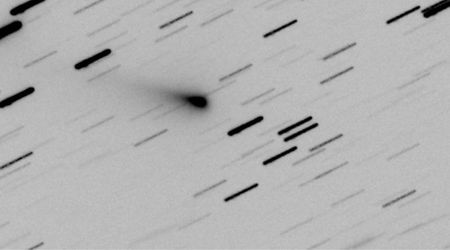Elon Musk's SpaceX required to pay $5,000 per year to zoo as part of FAA launch deal

SpaceX's Starbase facility in South Texas is now cleared for a dramatic increase in launches, following a recent decision by the Federal Aviation Administration (FAA). This expanded operational capacity comes with a set of mandatory requirements for SpaceX, addressing both the frequency of vehicle test explosions and the need to safeguard local endangered wildlife, as per the recent article by MYSA.

In this decision, the FAA has given SpaceX the green light to significantly increase the launch rate of its Starship vehicle, a prototype designed for eventual flights to the moon and Mars. The new permit allows for up to 25 launches per year, a substantial increase from the previous limit of five. Moreover, the FAA has approved up to 50 landings annually, allocating a maximum of 25 landings each for the Starship itself and its powerful Super Heavy booster, which uses Raptor engines to propel Starship into orbit.

Furthermore, the FAA's authorization permits SpaceX up to three nighttime launches annually, with all nighttime landings required to occur offshore. While SpaceX aims for controlled landings at its Starbase facility or on floating ocean platforms, the company acknowledges the possibility of up to 20 explosive "terminal velocity" landings in the ocean during the initial five years of vehicle testing.
These events could be a consequence of mid-flight failures, similar to incidents in January and March that resulted in debris falling into the Caribbean. SpaceX is currently conducting its ocean landings across the Gulf of Mexico, the Pacific Ocean, and the Indian Ocean. However, as a condition of the new launch permissions, and in direct response to public feedback, the company has agreed to exclude the waters surrounding Hawaii from its potential landing sites.
This FAA authorization also comes with a detailed set of environmental obligations. The company is required to collaborate closely with local, state, and federal wildlife experts to monitor the impact of its launch on the surrounding flora and fauna. This will include conducting a post-launch survey with US Fish and Wildlife Service biologists within two weeks of each launch to assess any effects on nesting shorebirds. To protect these nests from launch-related debris, SpaceX may also install temporary sheltering objects.
Additionally, SpaceX is mandated to provide an annual $5,000 for the Animal Health Department at the Gladys Porter Zoo located in Brownsville, with the first payment due last October and subsequent payments by March 1 each year. This commitment to environmental stewardship comes alongside SpaceX's notable financial growth.
In August 2023, the FAA had scheduled public hearings to discuss SpaceX's proposal for 25 annual Starship/Super Heavy launches from Boca Chica. However, a coalition of concerned organization urged the agency to restart its public participation process. In a formal letter to the FAA, the coalition requested a comprehensive environmental impact statement, available in both English and Spanish, to thoroughly assesses all potential negative consequences of SpaceX's operations. They also advocated for an extended public review period for these reports. On this, Bekah Hinojosa, co-founder of the South Texas Environmental Justice Network, shared, “SpaceX is an issue that's constantly changing, that is getting rubber-stamped permits by regulatory agencies that have really broken processes,” as reported on The Texas Tribune.

